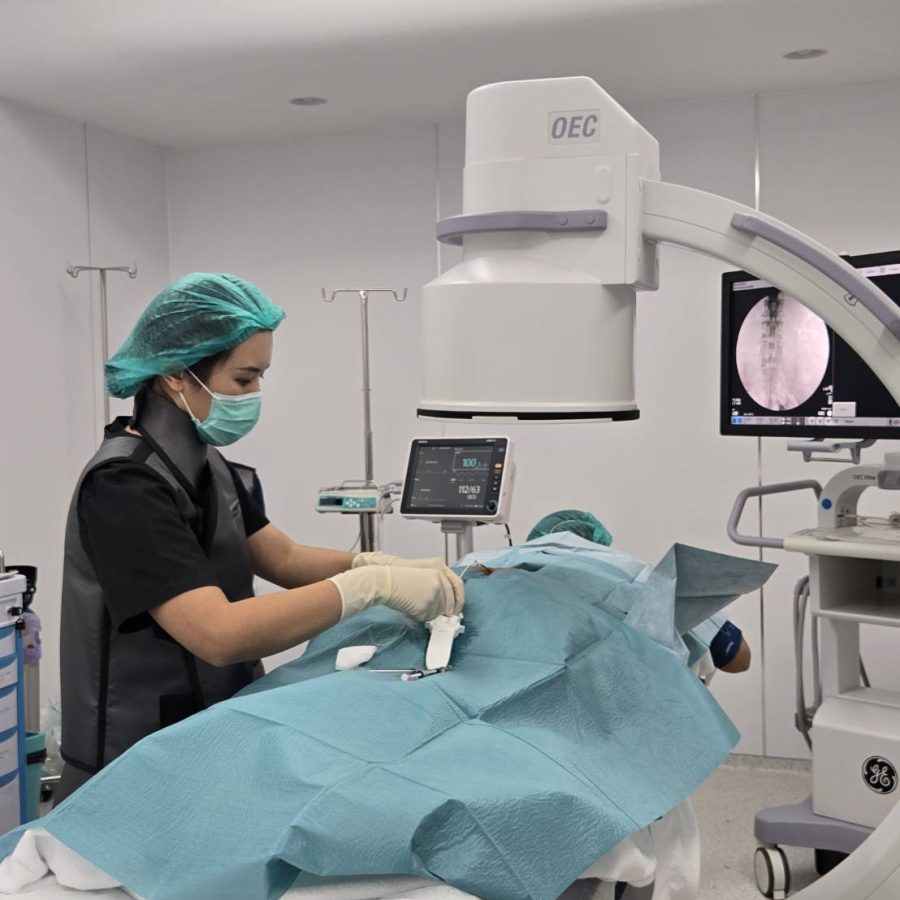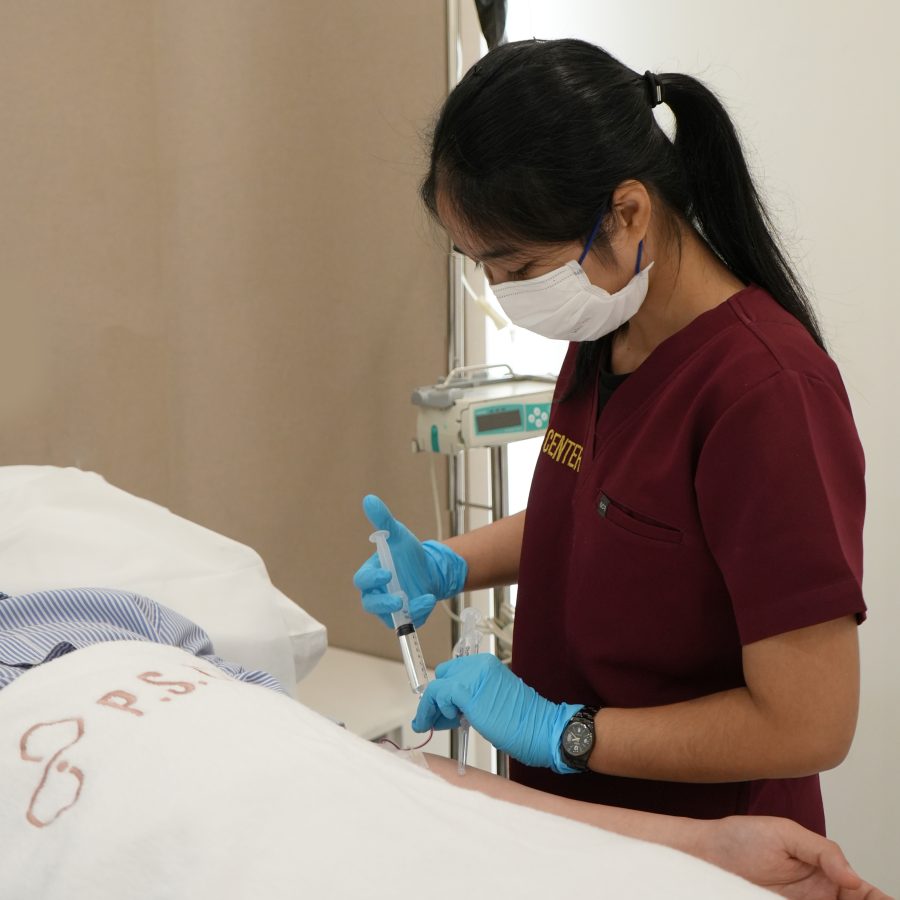Struggling with chronic neck pain that keeps coming back? Cervical Medial Branch Cooled Radiofrequency Ablation (Cooled RFA) might be the key to long-term relief. Here’s what you need to know:
Types of Neck Pain
- Isolated Neck Pain
Pain focused in the neck area or radiating to the shoulder blades. This is often due to dysfunction in the facet joints—the small joints in the neck that can become inflamed or worn out. - Neck Pain with Radicular Symptoms
Pain that travels down the arm, often caused by nerve compression or irritation. This condition may be better treated with a cervical epidural injection.
Who Can Benefit from Cervical Medial Branch Cooled RFA?
If you have chronic neck pain that responds temporarily to medial branch blocks but keeps returning, and clinical symptoms point to facet joints as the source, cooled RFA could provide longer-lasting relief.
What is Cervical Medial Branch Cooled Radiofrequency Ablation?
Cervical Medial Branch Cooled RFA is a minimally invasive procedure that uses controlled heat generated by radiofrequency energy to disable the medial branch nerves that send pain signals from the facet joints. The cooled technology allows for a larger treatment area, enhancing precision and effectiveness. This equipment is approved by both the US FDA and Thai FDA, and is used in leading countries around the world.
How Long Does the Procedure Take?
The procedure usually takes 30-45 minutes. You’ll be sedated by an anesthesiologist to ensure you’re relaxed and comfortable.
What Happens During the Procedure?
- You’ll lie on your back while the anesthesiologist sedates you.
- The doctor will use ultrasound or fluoroscopic guidance to precisely locate the medial branch nerves.
- A small probe will be inserted, and the targeted nerves will be treated with radiofrequency energy
What Results Can I Expect?
Cooled RFA can provide significant pain relief, lasting from several months to over a year. Results vary, but most patients report improved mobility and reduced dependence on medications.
What Should I Do After the Procedure?
- Avoid driving on the same day as the procedure.
- Rest for 24 hours, avoiding strenuous activities.
- Mild soreness or swelling at the treatment site is normal and typically resolves quickly.
- Follow up with your doctor for any concerns or additional care instructions.
Compiled by;Rarinthorn Choomsai Na Ayuthaya, M.D. Interventional Pain Specialist
Contact us to learn more or to schedule a consultation.
Tel: 02-125-3959, 098-195-0991







